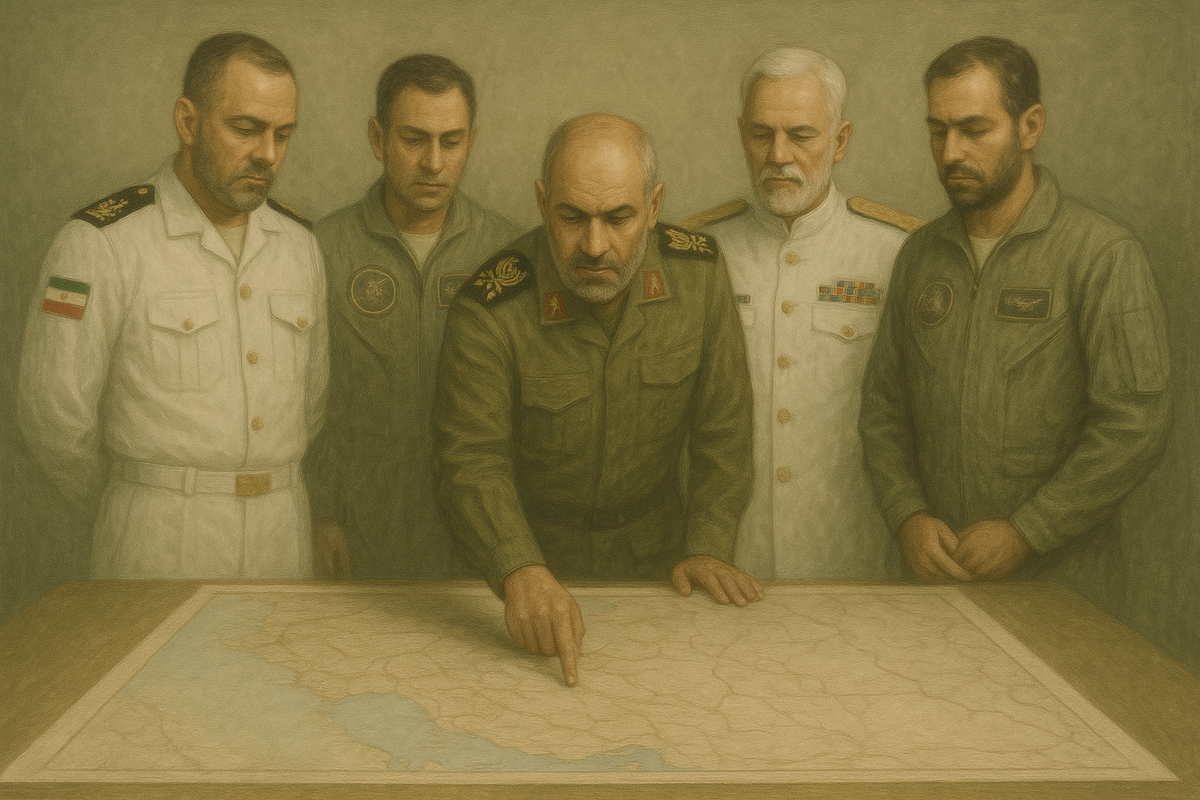Yemen Is Iran’s Testbed for Future Conflict with the U.S.

Western media has long perpetuated a simplistic image of the Houthis as incompetent insurgents: fighters in sandals and no fatigues, with ageing AK-47s in hand—the same aesthetic that once defined coverage of Taliban combatants in Afghanistan. But despite sustained U.S. bombardment, the Houthis not only remain capable of harassing commercial shipping routes, but have also succeeded in downing an increasing number of MQ-9 Reaper drones—platforms that cost upwards of $30 million each. That repeated success raises serious questions. How do Houthi fighters actually bring down high-tech U.S. military assets?
Anyone who has been even casually following this war knows the common refrain: the Houthis are backed by Iran. From missile launchers to drone kits, Tehran’s fingerprints are all over the crime scene. But simplistic ideological framing—clashes between the Islamic world and the West—makes no strategic sense of Iran’s investment in this conflict. Iran’s military-industrial base is under severe pressure; its economy remains fragile, and missile stockpiles are not replenished overnight. For a country that lives under the constant threat of an Israeli or American strike, exporting weaponry is no trivial decision.
So why send these weapons to Yemen?
The answer is strategic foresight. Tehran is not merely aiding an ally; it is conducting real-world weapons testing. Every drone shot down, every anti-ship missile launched from Houthi territory, represents a data point. The Islamic Revolutionary Guard Corps (IRGC) is watching, recording, and calibrating. From radar signatures to American interception patterns, Yemen provides an unrivalled laboratory for Iran’s future conflicts. A testbed, in the truest sense of the word.
This dynamic becomes more compelling when one recalls Tehran’s long-standing threat to block or disrupt the Strait of Hormuz should conflict erupt. The Red Sea, where the Houthis now exert disproportionate influence, becomes a training ground for precisely that kind of maritime disruption. The doctrines being tested in Yemeni waters today could be replicated in the Persian Gulf tomorrow. From Iran’s perspective, utilising this rare opportunity is not just beneficial—it is essential.
Yet Iran is far from the only beneficiary. Russia and China are closely observing developments in Yemen. For Moscow, whose war in Ukraine has consumed many of its resources and military bandwidth, America’s distraction in the Middle East is a welcome incident. For Beijing, the conflict provides both geopolitical relief and possible technical insights. Allegations have already emerged suggesting Chinese-manufactured components may have made their way into Houthi arsenals, and some satellite imagery sourced from private Chinese companies may have been helping the Houthis in carrying out their attacks or performing damage assessment. Meanwhile, Washington remains publicly reserved on the scale of the conflict—perhaps to avoid volunteering any further information that could benefit its adversaries.
Interestingly though, some of America's oldest allies have been reluctant to make any measurable contribution to this conflict. For European governments, restraint may be a necessity. With the war in Ukraine unresolved, and fears mounting that the Baltic states could be the next victims in Putin’s apparent plan to resurrect the Soviet Union, Europeans cannot afford to overstretch. Europe’s proximity to the Middle East also renders it especially vulnerable to retaliatory terrorist attacks—especially in the EU, where free movement complicates counter-terror efforts.
But it would be a huge mistake to dismiss the conflict in Yemen as a sideshow. Yemen is a real-time feedback loop for America’s adversaries. Every successful strike on a commercial or military vessel, or every drone downed, becomes actionable intelligence for the war rooms in Tehran, Beijing, and Moscow.
However, I would argue that whilst Iran and its allies are learning, they are not necessarily winning; in fact, quite the opposite. The U.S. military, too, is learning and adapting, but unlike most other militaries in the world, it has the depth, infrastructure, and logistical capacity to turn those lessons into strategic advantage far quicker than its adversaries. I believe Iran’s decision to supply drones to Russia during the Ukraine war was also partially based on the same logic: to observe performance, tweak designs, and increase lethality—but at the cost of being placed centre stage in a highly televised conflict.
For Iran, drones and missiles are not merely weapons—they are its deterrent package. Testing them in foreign conflicts is, in many ways, an existential need. But paradoxically, in exposing its doctrine and assets so openly, Iran may be offering its adversaries a head start.
The Red Sea conflict has shown us that modern navies may not be as effective as they used to be in contemporary conflicts. Asymmetric actors can harass and disrupt even the most sophisticated fleets. But if you watch carefully, you will see that the future of warfare will not be written solely on battlefields—it will depend increasingly on the invisible exchange of data and lessons learnt between allies.
And in that domain, the United States may ultimately emerge more prepared than any of its adversaries had hoped.




